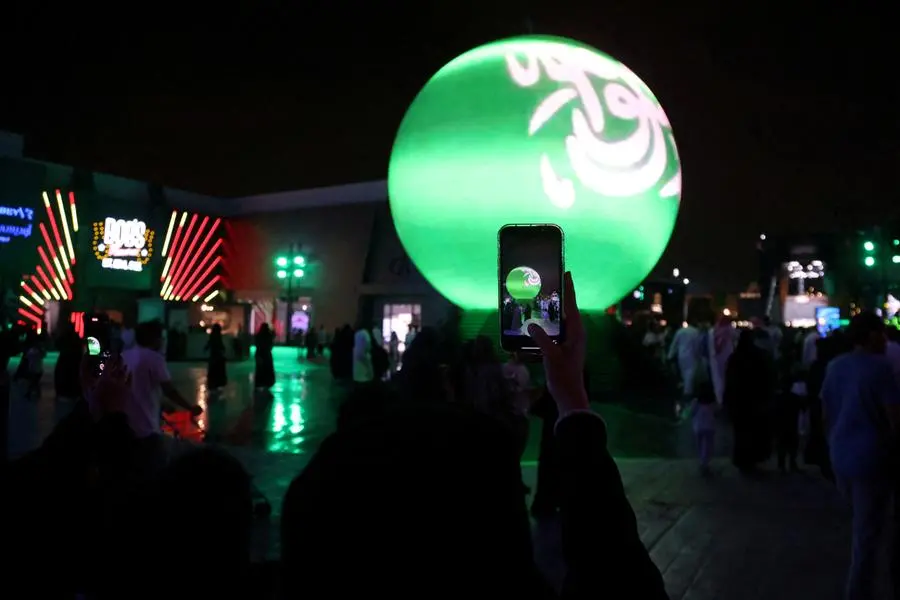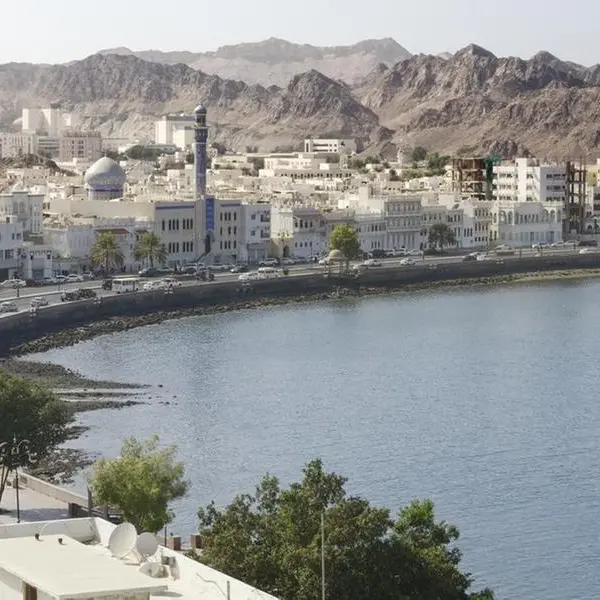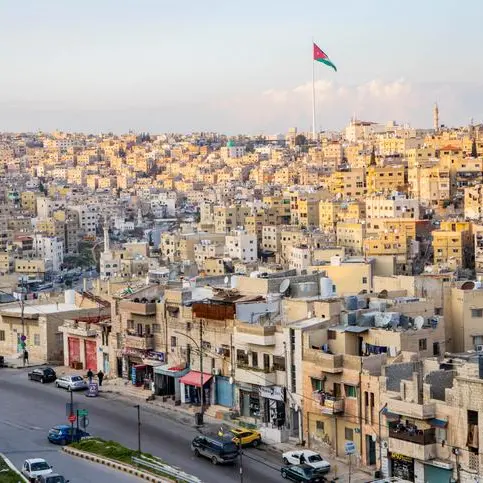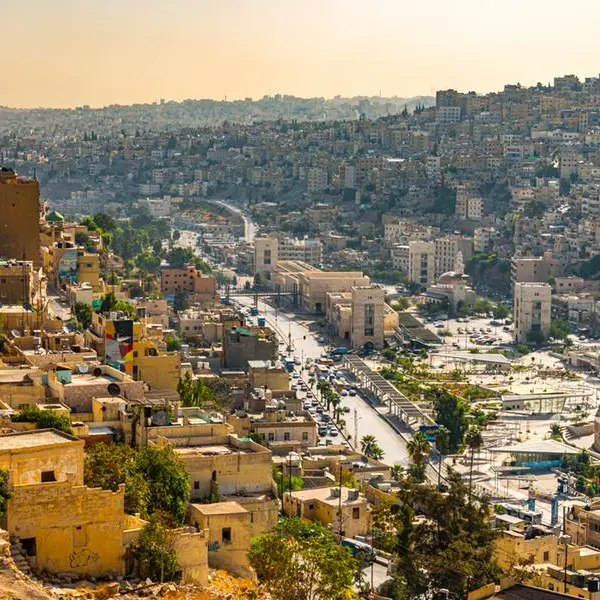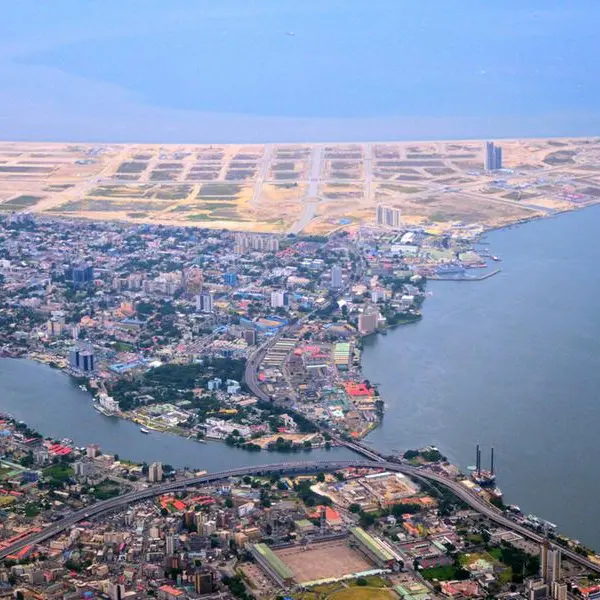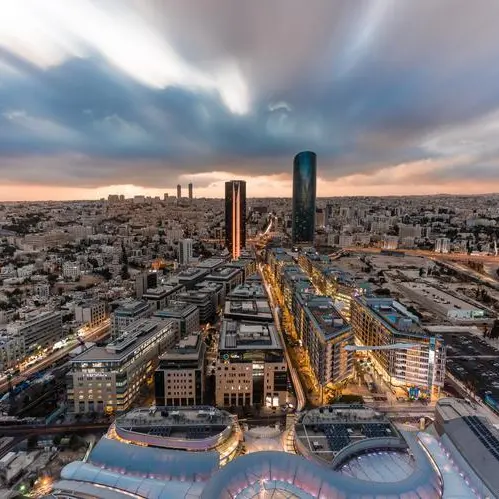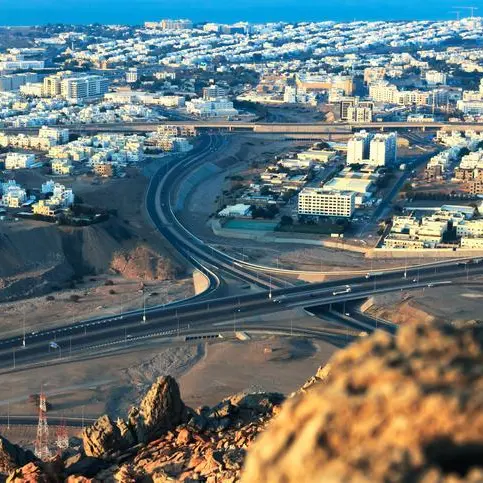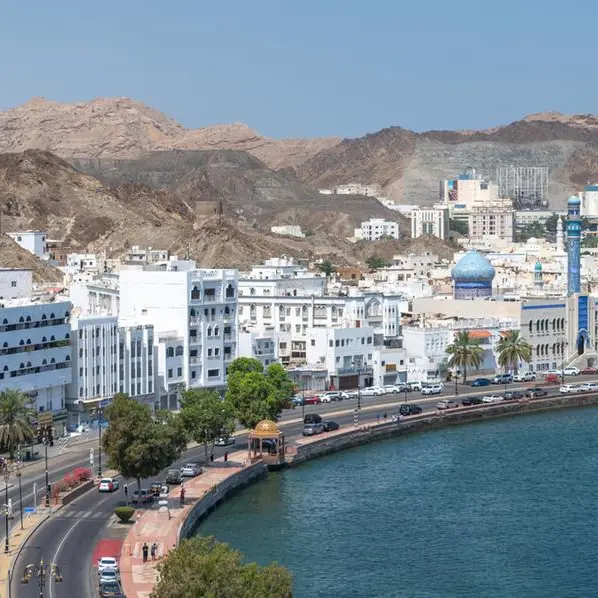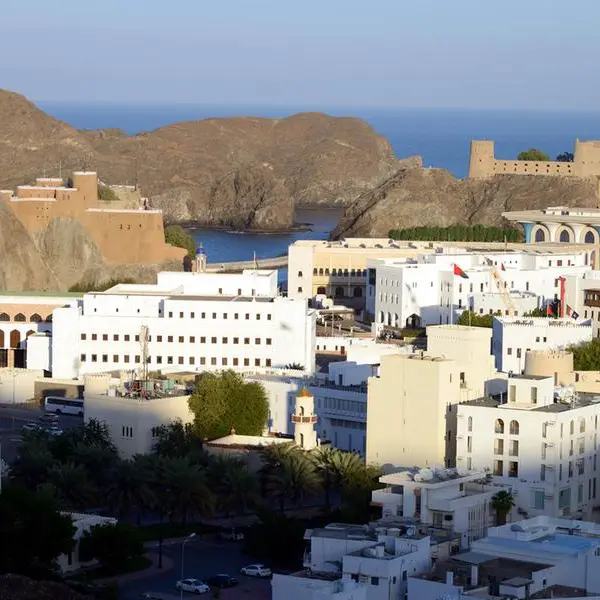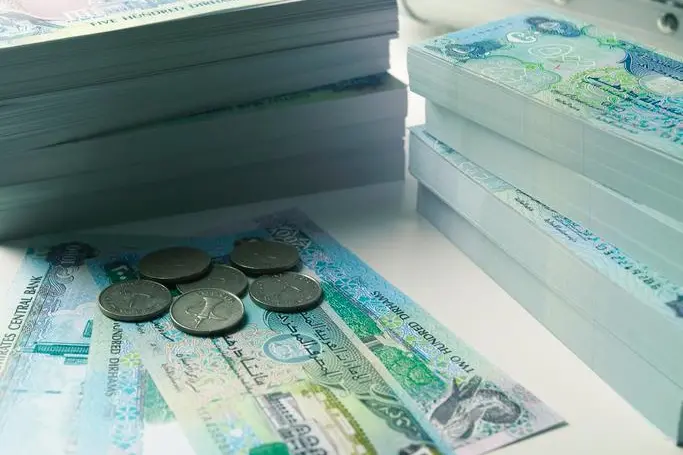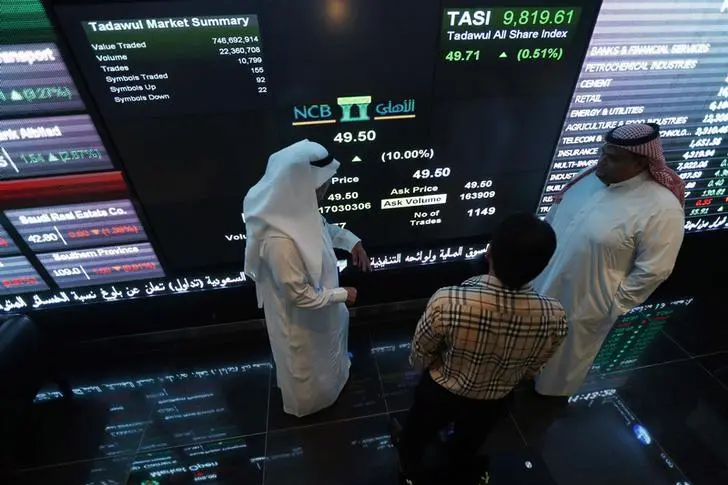PHOTO
FILE PHOTO: A Saudi woman takes a photo of the light ball displaying Saudi flag as she participates in celebrations of the Flag Day at The Boulevard in Riyadh, Saudi Arabia, March 11, 2023. REUTERS/Ahmed Yosri/File Photo
RIYADH — Saudi Arabia's neighborhoods, streets, and buildings were adorned with the national flag in celebration of Saudi Flag Day, observed on March 11 every year, brimming with patriotic zeal.
The celebrations kick off a day filled with national pride, as the flag, a symbol of the Kingdom's rich history dating back to its founding in 1727, is proudly displayed across the nation.
The national flag, deeply cherished by Saudi citizens, embodies dignity and unity; its unfurling is an act of devotion to the nation.
It instills pride, solidarity, love, and loyalty among the people, fostering a deep sense of belonging to the country.
This shared bond is strengthened by the flag's significance not only nationally but also throughout the Islamic world, owing to its inscription of the Islamic creed and the nation's commitment to serving Muslim communities globally.
The history of the Saudi national flag begins with a simple green silk banner, carried by leaders of the first Saudi state, bearing the Shahada, "There is no God but Allah, Muhammad is the Messenger of Allah."
Over time, its design evolved, notably during King Abdulaziz Bin Abdulrahman's reign, with the addition of a sword symbolizing national unification.
This design was formalized on March 11, 1937, following a proposal by the Shoura Council adopted by King Abdulaziz, placing a single sword beneath the Shahada inscription, a configuration that flies proudly to this day.
The flag's design carries profound symbolism through its colors, script, and imagery, representing the nation's faith, history, and unity.
The dominant green color signifies growth and fertility, while the white Shahada and sword symbolize purity, justice, and security.
The flag is respected with the highest reverence, never used commercially or in any manner that could diminish its prestige.
Saudi Flag Day, established by a recent Royal Decree to fall on March 11 annually, commemorates the day in 1937 when King Abdulaziz approved the current flag design.
This day underscores the flag's role as a potent symbol of the state's strength, sovereignty, and national unity, continuing to inspire national pride among Saudis.
Education departments across the Kingdom of Saudi Arabia also celebrated the day in private and public schools, universities, and their offices.
Citizens extended their congratulations to Custodian of the Two Holy Mosques King Salman and Crown Prince and Prime Minister Mohammed Bin Salman on this occasion, reaffirming their sense of national identity and the Kingdom's esteemed history.
© Copyright 2022 The Saudi Gazette. All Rights Reserved. Provided by SyndiGate Media Inc. (Syndigate.info).
